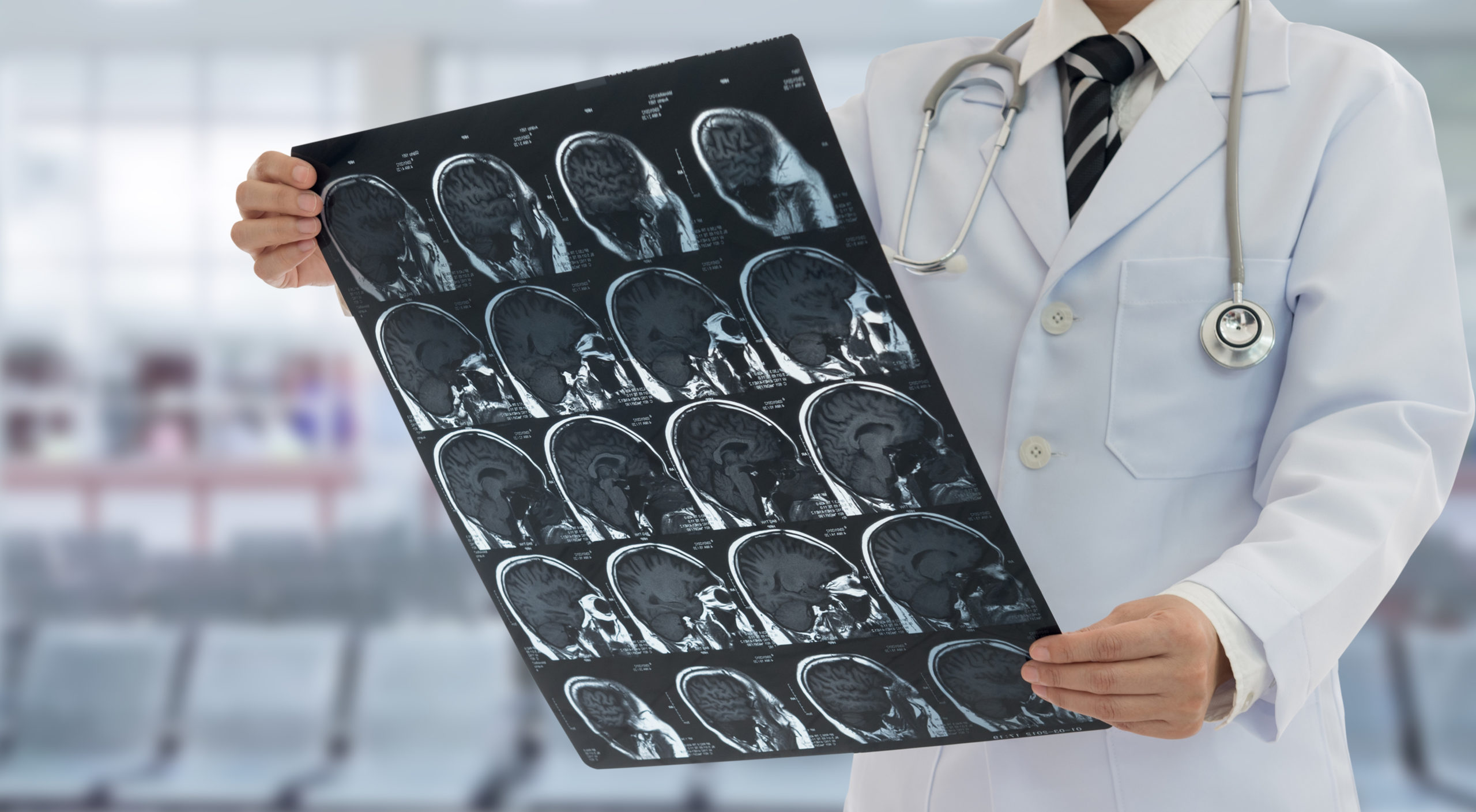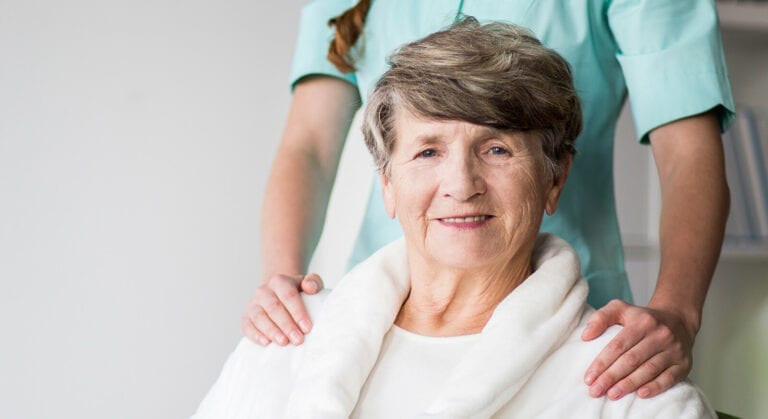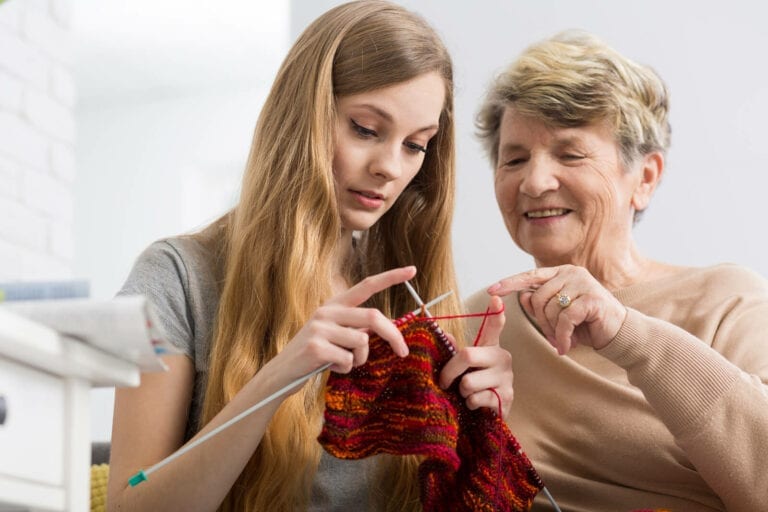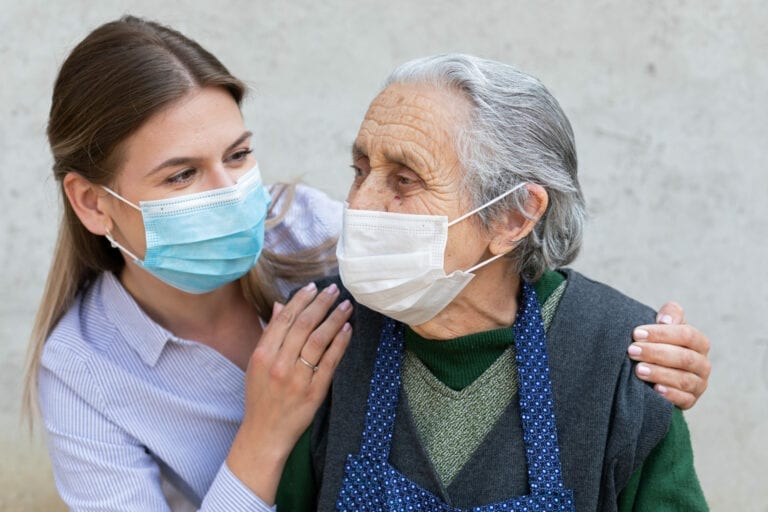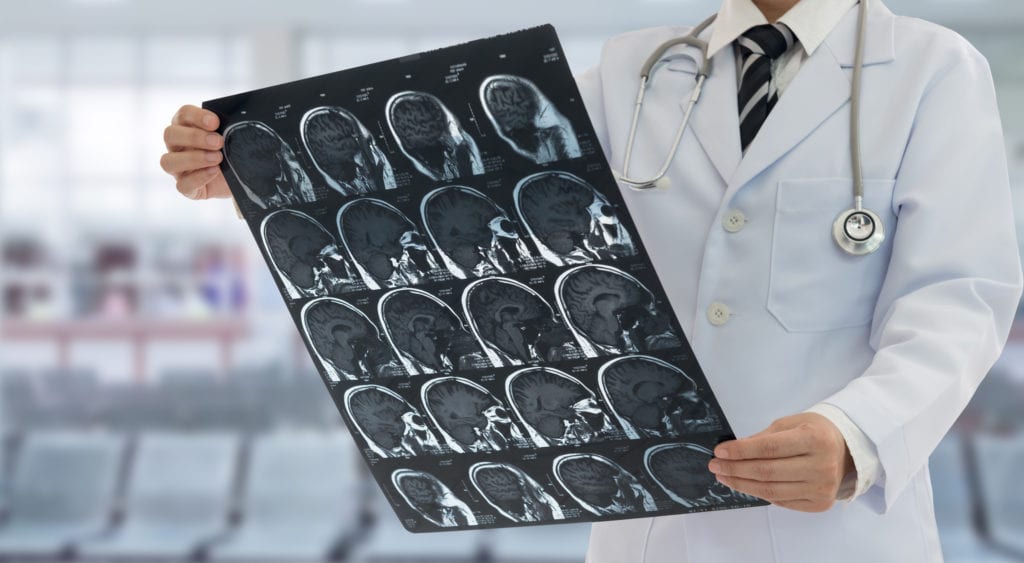
When you are engaged in elderly care, you should know the symptoms of a stroke. Being a part of the senior’s care and offering home care assistance to those who are confined to their homes, we find that a stroke is one of the most common disabilities that afflict the aged population. It heavily impairs the ability of the elderly person to perform their daily routine and they need home care assistance.
What is a stroke?
Stroke is the consequence of a block or rupture of a blood vessel in the brain. When a rupture or bleeding happens inside the brain the body functions get severely restricted or becomes inactive. A stroke occurs when a blood vessel in the brain breaks and causes an insufficient supply of oxygen and blood to the brain tissue. Another reason for stroke is the complete blocking of a major artery inside the brain due to the deposit of debris in the blood vessel. This also causes the insufficient flow of blood as blood is unable to flow to the brain due to clots and other complications.
Without oxygen, the brain cells and the brain tissue become damaged and begin to lose life. Within minutes it is a dangerous situation that must be addressed promptly without delay as every minute passing after the onset of stroke will lead to serious brain damage. Hence the time available to go for treatment is very less and if the patient is taken to the hospital without delay and timely treatment is given, the damage caused to the brain can be minimized but not reversed.
Due to the imminent danger caused by a stroke, the persons who are near the patient in senior care and home care must know the symptoms of a stroke. Then only they can take swift action to move the person to a Medical Centre to get his treatment without delay.
As there is the loss of blood flow there is damage to the brain tissues and blood clots inside the brain. The brain is unable to function normally causing serious impairments to the normal life of the patient. The symptoms after a stroke usually show up in the body parts controlled by the damaged areas of the brain.
Common Symptoms of Stroke
- Paralysis or inability to move the arms and legs
- Numbness or weakness in the arm, face, leg, or on one side of the body
- Trouble speaking normally or inability to understand speech due to restricted movement of the facial muscles
- Confusion and behavioral changes inability to focus on a common thing and respond to it due to brain malfunction
- Vision problems inability to see with one eye or are both eyes or having double vision
- Inability to walk or stand in the right position
- Loss of balance or coordination due to damage to the area of the brain that controls the motor functions
- Dizziness and losing consciousness
- Headache with apparently with no known cause.
When these symptoms are exhibited by a person in your home care, you should take immediate action to take the person to a Medical Centre or Hospital. The home care assistance for the elderly person should treat this condition as an emergency and take swift action without delay. The elderly care and senior care services personnel will be trained to identify these symptoms of stroke and know how to handle this situation and save the person from further brain damage.
If no prompt action is taken to give the person immediate treatment then the symptoms of stroke may become worse leading to very serious consequences with extensive brain damage and irreversible long-term disability and even possible death.
So, the persons engaged in elderly care as home care service of a senior person must be aware of identifying these stroke symptoms and act fast and learn to recognize the importance of moving the person to the hospital without delay.
Many studies have indicated that stroke is the fourth leading cause of death in women especially in western countries like USA. Women have a higher lifetime risk of being affected by stroke than men.
Even if the symptoms of a stroke are common both in men and women some symptoms are special to women. So, look for them and identify the onset of stroke conditions in women if you are in charge of elderly woman in-home care assistance. You must look for the following symptoms and move the women patient as early as possible to the hospital to get proper stroke treatment.
Symptoms Of Stroke In Women
1. Nausea and vomiting
2. Hallucination
3. Unexplained pain in the body
4. General weakness and inability to move easily
5. Shortness of breath or troubled breathing even in normal climatic conditions
6. Fainting or losing consciousness
7. Seizures
8. Feeling confused disoriented or lack of responsiveness in normal circumstances
9. Unexplained sudden changes especially increased agitation and feeling stressed without any apparent reason.
The home care assistance must recognize these special symptoms of stroke and move the patient to the hospital without any delay.
Special Symptoms of Stroke in Men
Studies have shown that stroke is the fifth leading cause of death in men all over the world, especially in western countries. It is also indicated that men are at risk of having a stroke at relatively younger ages than women. But, most of the stroke in elderly persons does not lead to endangering their life.
Following are some of the special symptoms that are seen in men suffering from stroke
- · Drooping on one side of the face
- Uneven smile due to muscular malfunction in the face
- Difficulty in speech and trouble in understanding the speech of others due to brain malfunction
- Weakness in the home for muscle weakness on one side of the body.
Though, these symptoms are very common in men and women their quality of life after stroke depends on the time in which they reached the hospital to receive treatment for their stroke. So, the persons in elder care or those in senior care must be able to identify the symptoms of stroke and take immediate action in shifting the patients to the hospital to minimize damage to the brain.
As a person engaged in-home care assistance for an elderly person you must know more about types of stroke and symptoms exhibited by each type to effectively manage the situation.
The main categories of stroke are
- Embolic stroke
- Thrombotic stroke
- Intracerebral stroke
- Arachnoids stroke
The type of symptoms you see in a stroke patient depends mainly on the type of stroke they are suffering. So, a person taking care of senior care must know the types of symptoms exhibited by each type of stroke and act accordingly.
An ischemic stroke is caused by a block in a blood vessel in the brain. During an ischemic stroke, the arteries that take blood to the brain become narrow or get completely blocked. This blockage may be caused by blood clots or severely reduced blood flow due to various reasons. This type of stroke is also caused by pieces of plaque breaking loose from other parts of the body and traveling in the blood vessel in the brain blocking it.
A thrombotic stroke is also a common type of ischemic stroke and occurs when a blood clot forms in one of the main arteries supplying blood to the brain. Usually, the blood clot passes through the bloodstream and gets lodged in the blood vessel blocking the normal blood flow.
It is seen that more than 87% of all stroke cases are due to the sudden loss of blood flow to the brain.
Embolic stroke is one of the two types of ischemic strokes and this is caused by a blood clot in another part of the body often in the heart or the main arteries in the upper chest and neck. This clot moves through the bloodstream to the brain and is stuck in the main arteries of the brain heavily hampering the free flow of blood causing insufficient blood supply to the brain causing brain tissue damage leading to stroke.
This type of stroke may be the result of a heart condition like cardiac fibrillation characterized by irregular heartbeat causing blood clots in the arteries of the heart. When the blood clots travel through the bloodstream they get lodged in the main arteries that supply blood to the brain. Due to this the brain area that is getting its blood supply through these arteries starves of oxygen leading to brain damage.
Hence persons entrusted with senior care or those offering home care assistance for senior care must be to recognize the symptoms of stroke in elderly patients and know how to handle the situation and help the persons in their home care from extensive brain damage caused by stroke.

